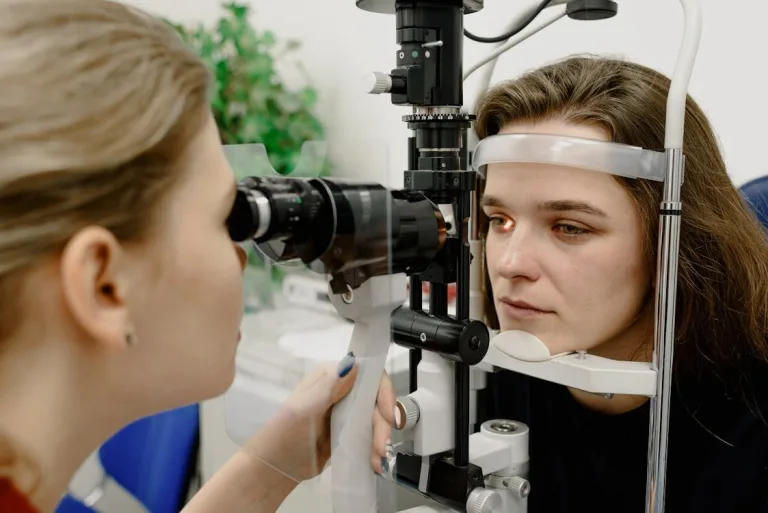You wake up with a sore throat.Could be COVID. Could be strep. Could be nothing. Either way, the last thing you want to do is sit in a waiting room, scrolling WebMD while someone coughs in your general direction.
Now imagine this: log on, see a provider in under 15 minutes, get a prescription sent to your local pharmacy—and never change out of sweatpants.
That’s not wishful thinking. That’s virtual urgent care in 2025.
From Pandemic Patch to Permanent Fixture
What started as a pandemic workaround has quietly become the new baseline. Telehealth was once seen as the future. Now, it’s just… healthcare.
Virtual urgent care is filling a critical gap—those gray-area moments when you’re too sick to ignore it, but not sick enough for the ER. Think UTIs, rashes, sinus infections, medication refills. The things that clog up in-person clinics and burn time most of us don’t have.
Here’s Why It Works
The old urgent care model was clunky at best. You drive across town, sit for 45 minutes, maybe get five minutes with a provider. Best-case scenario? You walk out with a treatment plan and no new germs. Worst case? You leave with a bill and a bonus virus.
Virtual urgent care flips the script:
- Faster access (think minutes, not hours)
- No travel time, no waiting rooms, no awkward small talk with reception
- Insurance-compatible and increasingly affordable without it
And the best part? The providers are still real doctors and nurse practitioners. No AI hallucinations. No chatbot diagnoses. Just healthcare that fits into your day instead of upending it.
What You Can (and Can’t) Treat Virtually
Virtual urgent care isn’t magic—but it is surprisingly comprehensive. You can tackle:
- Sore throats and earaches
- Skin conditions like eczema, acne, or rashes
- Pink eye, sinus pressure, allergies
- UTIs, yeast infections, and birth control consults
- Cold and flu symptoms
- Prescription refills for chronic meds (with parameters)
And if something is more serious? A good provider will know when to escalate. It’s not about replacing traditional care—it’s about rerouting the basics so the rest of the system isn’t overwhelmed.
The “Convenience Tax” Myth
There’s a common assumption that convenience equals cost. That if you want same-day, at-home care, you’ll pay for the privilege.
But that’s not really the case anymore.
Virtual urgent care models are built to be cost-efficient. Some memberships run less than your monthly Netflix bill, giving you access to 24/7 care plus same-day video appointments and messaging with your provider.
No hidden fees. No $200 surprises two weeks later. Just clean, transparent pricing and an easier way to manage your health.
Okay, But Is It… Legit?
Short answer: Yes.
Longer answer: Virtual care platforms follow the same licensing and regulatory standards as brick-and-mortar practices. If your provider seems rushed or uninformed, that’s a people problem—not a tech one.
In fact, many patients report feeling more heard during virtual visits. Maybe it’s the no-wait vibe. Maybe it’s the eye contact. Maybe it’s just harder to feel dismissed when you’re literally face-to-face on screen.
What This Means for the Bigger Picture
There’s a quiet revolution happening in healthcare. It’s not flashy. It’s not driven by billion-dollar biotech. It’s driven by one simple truth: people don’t want to jump through hoops to get help.
Virtual urgent care is a response to that—meeting people where they are, with tools that prioritize efficiency over theater. No gowns. No waiting rooms. Just care.
And as more systems embrace this shift, brick-and-mortar clinics can recalibrate. Urgent care centers can focus on more complex cases. ERs can breathe a little. And patients? They finally get to stop choosing between time, money, and their health.
READ MORE : Streamlining Logistics with Bus on Rent in Delhi for Occasions
The Final Word
Virtual urgent care isn’t a tech trend. It’s a healthcare correction.
We were never meant to schedule half-days around doctor’s visits for things that could be handled in 10 minutes.
Healthcare should fit around your life—not the other way around.







